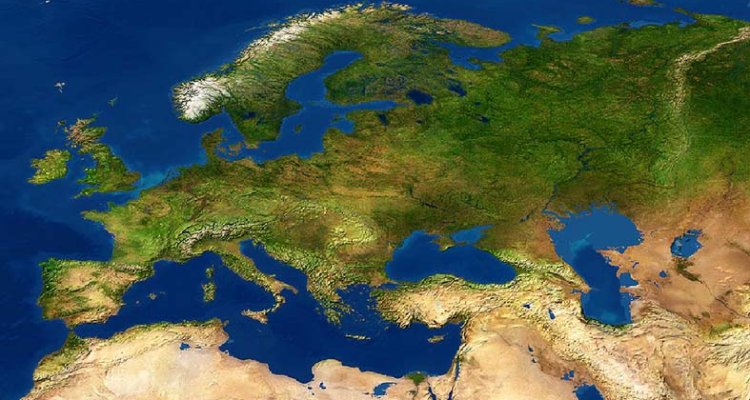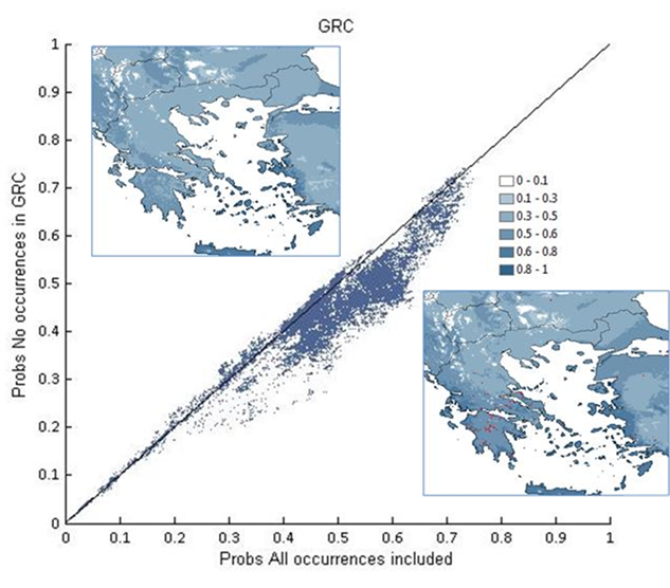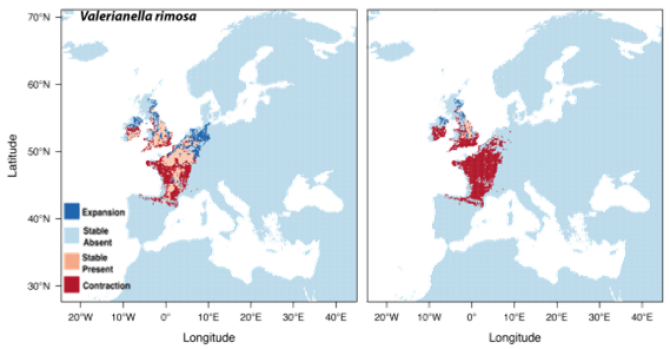
Niche modelling
Predictions about the current and future distribution of crop related wild species are important information to gene banks to:
• Guide collecting expeditions of crop wild relatives
• Support policy decisions regarding the conservation of crop wild relatives
To obtain such predictions for plant species of interest, CGN has started to use niche modelling.
Niche modelling uses the geographic coordinates of the origin locations of existing specimens of a species, such as those of gene bank and herbarium samples. These coordinates are related to environmental data, such as climate and soil-related variables, which are then used by computer algorithms, such as Maxent or Random Forest, to estimate the probability of occurrence of a species at thus far unexplored geographical locations. Using predictions of future climatic conditions, based on climate change scenarios, the models can also predict the future distribution of wild species of interest.
Guidance to collecting expeditions
CGN has carried out research on wild relatives of lettuce (Lactuca sativa) to investigate the applicability of Maxent species distribution models for collecting missions. Input data for L. saligna were varied by discarding the specimens from different parts of the known distribution area in order to assess the robustness of the predicted distributions (Fig. 1). Furthermore, the accuracy of the modelling was examined by comparing the predicted probabilities of population presence with expedition data for the endemic L. georgica and the cosmopolitan L. serriola. The results of these analyses showed Maxent to be quite robust in its predictions, although its usefulness was higher for endemic taxa than for more widespread species. It was also found that exclusion of occurrence data from the perceived range margins of a species may result in useful insights about local adaptation to distinct climatic conditions.

Effects of climate change
In cooperation with the Naturalis Biodiversity Centre in Leiden, CGN has also embarked in niche modelling research towards the expected effects of climate change on the future distribution of crop wild relatives. A pilot study was performed for eight selected Dutch red list species, using seven climatic and two soil-related variables, an ensemble of 14 climatic models and an ensemble of three species distribution models. An example of the changes in distribution range is presented in Fig. 2. In general, a shift in distribution area and a net loss in the extent of occurrence was observed for the eight investigated species, although the extent of these effects and the direction of the shifts varied among the species. In addition, the analyses showed that the occurrence in nature reserves provides no guarantee for species persistence in an area and that conservation measures ignoring the effects of climate change, will not be effective for many CWR. The pipeline for niche modelling has been run for all crop wild relatives occurring in the Netherlands. Results are being used to support policy decisions regarding the in situ and ex situ conservation of Dutch crop wild relatives.
